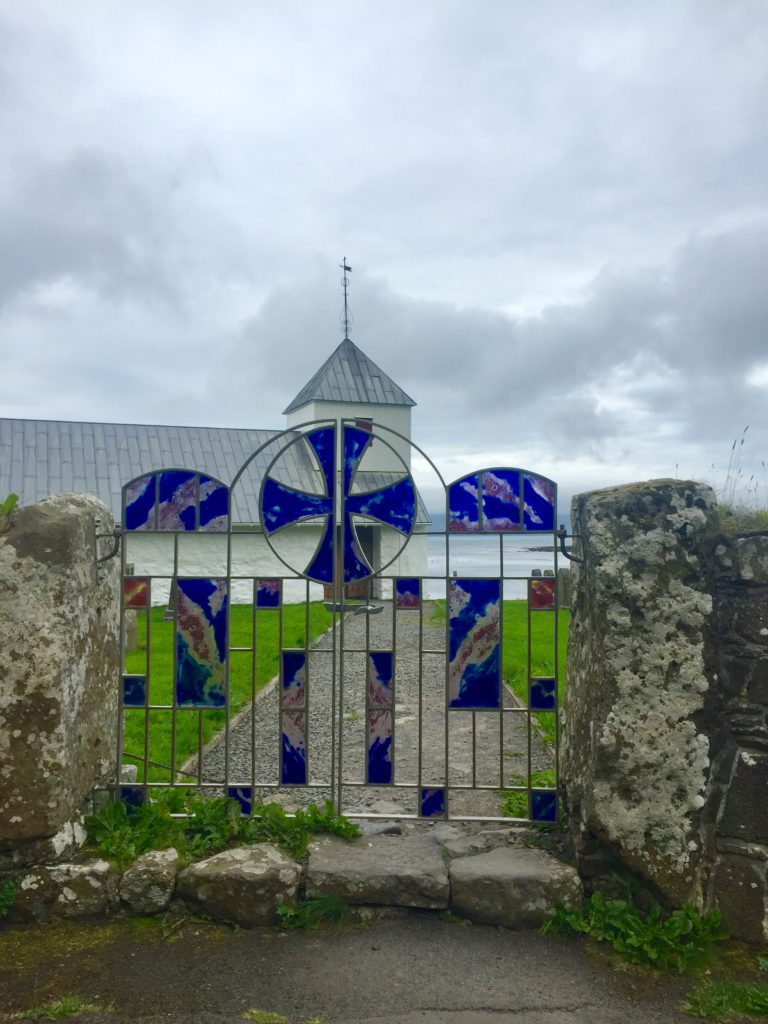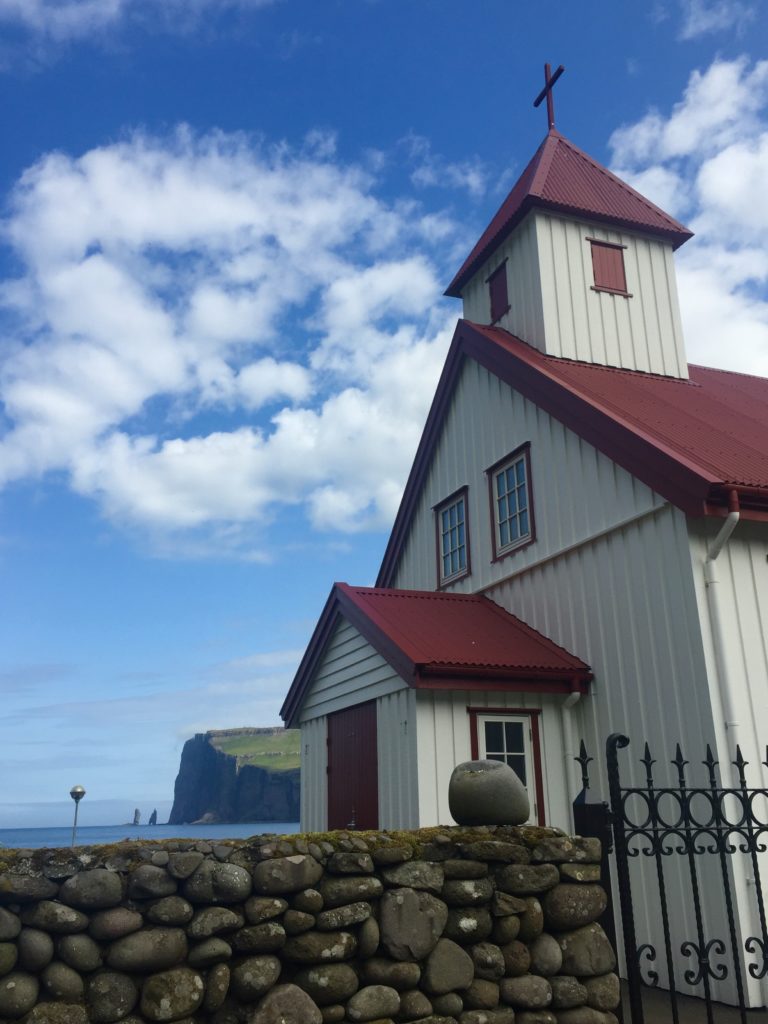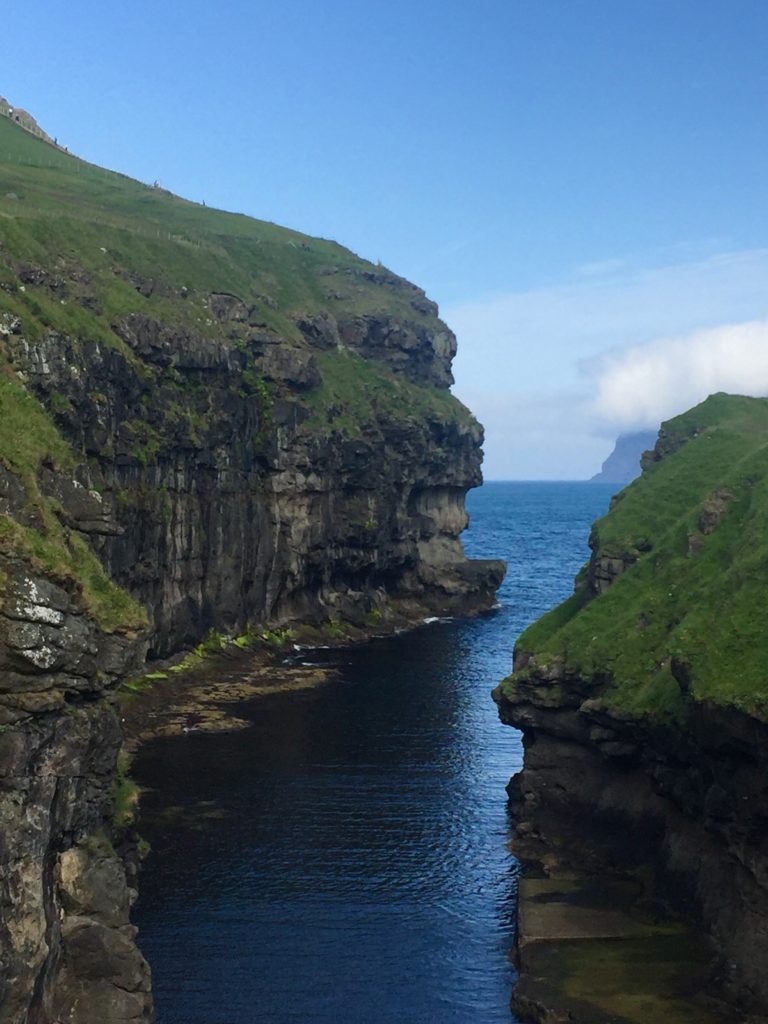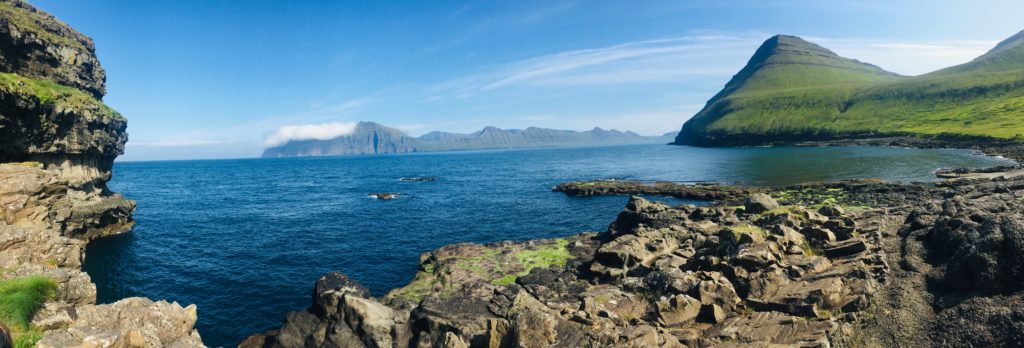Fun Facts: Faroe Islands
Most people have never heard of the Faroe Islands and until earlier this year I was one of them. Thank goodness for The World’s amazing itinerary otherwise I may never have visited these beautiful islands.
- The Islands were settled by Norwegian refugees in the 9th century who were fleeing King Harald’s rule.
- They are a self governing part of the Danish realm.
- They are an archipelago of 18 main islands linked by bridges, roads, ferries and tunnels.
- They are located west of Norway and north of Scotland.
- No part of the islands is more than 5 kms from the sea.
- The official languages are Faroese and Danish.
- Its government is the oldest existing parliament in the world, dating back to 900AD.
- The human population is 51,000.
- The sheep population is 70,000.
- Faroese sheep were introduced in the 9th century and the name Faeroe is thought to mean ‘sheep islands’.
- In 2016 Sheepview360 was debuted and gave viewers a ‘sheep’s view’ of the islands seen from cameras strapped to sheep roaming wild.
- The Faroe Islands are known for their beautiful knitwear. Any fans of the Danish crime series ‘The Killing’ would be familiar with Sarah Lund’s famous snowflake design woollen sweater. In real life that sweater retails for around GPB 230 from the trendy Gudrun & Gudrun brand from the Faroe Islands. I actually bought one of their beautiful fine woollen cardigans while there, but thankfully it wasn’t as expensive as the Sarah Lund sweater.
- There is a state run university on the Islands with around 1200 students.
- There is a gender deficit of 2000 women, mainly due to migration. All the Single Ladies!
- The climate is classed as subpolar oceanic.
- There are 210 rainy or snowy days each year.
- Buses in the capital city of Tórshavn are free.
- There are only 3 sets of traffic lights in the islands, all in the capital city.
- There isn’t a prison in the Faroe Islands and anyone sentenced to more than 18 months is sent to prison in Denmark.
- 50% of the electricity comes from renewal energy sources.
- Key industry: fish products.



